In the digital world, accessibility is the process of ensuring that all users, regardless of their skills or restrictions, can use digital information and services. It is critical to remember that not everyone uses digital products and services in the same manner, if at all. Some folks entirely avoid them. A person with a learning disability may require more comprehensible content than a person with a visual handicap.
The Impact
Digital accessibility is required for a variety of reasons. As a consequence, impaired people’s access to knowledge and capacity to use technology can be improved. As a result, everyone’s access to digital content and services may improve. Digital accessibility advancements benefit people with a wide range of disabilities. Blindness, low eyesight, hearing, and mobility issues are all examples of handicap.
Advantages of Accessibility
Accessibility in the digital world may help those who are not impaired. For example, it may make it simpler for elderly people to use various sorts of technology. Individuals with little command of the English language may find it easier to gain access to digital information and services.
Creating Useful Goods and Services
Knowledge availability on the internet has a variety of good side effects. It may make it easier for businesses to communicate with a larger customer. You may communicate with large segments of the public that have limited or no access to the digital goods and services you provide. Furthermore, you may distinguish yourself in your industry or career by doing something that no one else does. Many people who were previously unable to use your company’s benefits may now be able to do so as a result of the access and help given through this.
Developing Digital Content
It may sound obvious, but it needs repeating: make your information basic and straightforward. This entails avoiding jargon and utilizing simple, uncomplicated language. It also entails providing various versions of your content, like as audio or video, for clients who prefer or are forced to consume content in a different format.
Make efficient use of visuals and moving images.
Images and videos are excellent ways to add interest and boost readability to your content. However, proper application is required to reduce accessibility difficulties. Include written equivalents for photographs and videos, for example, so that individuals who can’t see them may still understand what they’re saying. Check the contrast of your photographs and videos as well to guarantee that those with visual impairments can see them.
Keep Accessibility in Mind from the Beginning
A number of legislation and regulations, including the Web Content Accessibility Guidelines (WCAG) 2.0, require digital accessibility. WCAG 2.0 is only one of several regulations and standards. These regulations and practices are also being embraced by a growing number of nations. As a result, it is critical to stay up to date on the most recent modifications in order to guarantee that your goods and services comply with the requirements.
The Benefits of Digital Access
The World Health Organization defines disability as “an umbrella term, covering impairments, activity limitations, and participation restrictions.” Disabilities can result from problems with the physical, sensory, cognitive, intellectual, or behavioral aspects of health. One billion people worldwide are estimated to have a disability, making it one of the most prevalent medical conditions globally. Despite this, it can be challenging for those with disabilities to obtain services like employment and education. One way to help overcome these barriers is to ensure that everyone can access digital products and services. This calls for the development of websites and applications that are usable by a range of disabled people, including those who are blind or have low vision, deaf or have hearing loss, and those who have cognitive or intellectual disabilities. By making digital content and services more accessible, we can help remove some of the barriers that people with disabilities face and enable them to enjoy full and inclusive lives.
How The Disability Community Navigates Digital Content
People with various disabilities face distinct difficulties while navigating digital content. It may be required to convert text to audio for persons who are blind or have poor vision. For persons who are hard of hearing or deaf, captions or transcripts may be needed to access audio and video content. For persons with cognitive disabilities, the content might need to be presented in a more basic manner. Furthermore, people who have physical constraints might need content that can be accessed using various input devices, such as switches or eye-gaze trackers. By taking these various demands into account, website designers and developers may provide digital content that is accessible to a wider range of people.
When Designing, Take Into Account the Blind
It’s important to remember that, when it comes to digital information, not everyone interacts with the world in the same way. People who are blind or have poor vision, for example, rely on many cues to process information. As a result, certain safety measures must be taken when developing digital content for children. For instance, all images should have alternate text explanations. Additionally, videos must have captioning and audio descriptions. You can help make sure that everyone has access to your digital content by doing these things.
Designing With Deaf People in Mind
When creating digital material, it is imperative to take into account the demands of all potential viewers. This applies to those with disabilities who can find it difficult to understand standard sorts of content. Closed captioning can be used to make digital content accessible to those who are deaf or hard of hearing.
There are a few things to think about while producing digital content with closed captions. First and foremost, the captions must be easy to read and comprehend. This calls for choosing a large font size and avoiding ornate fonts that might be difficult to read. Second, there should be synchronization between the audio and captions. This can be accomplished either by manually transcribing the audio track while utilizing software that creates captions automatically, or by manually creating the captions. In order to ensure there are no errors, it is crucial to carefully check the captions.
By following these guidelines, you can produce digital material that can be used by anyone, regardless of disability. Utilizing closed captions is one approach to make your content more accessible; further options include audio description and sign language interpretation. You may create digital content that is accessible to all users by considering their needs.
Making Material for Cognitively Limited Users
There are several considerations to make when developing digital content for people with cognitive disability. The most important thing to remember is that every person is different and will require a different approach. However, there are some general rules that can be followed to make content more accessible. Disability services recommend, for instance, using straightforward language and straightforward illustrations. This can make things clearer and make it easier for the reader to comprehend the information. It’s essential to provide several opportunities for discussion and critique. This ensures that they will be able to understand and retain the material by allowing the reader to engage with it on their terms. These suggestions will assist designers in creating educational digital content that is accessible to all users.
Visit https://qualitylogic.com to find out how we can help you create the best digital content with accessibility at the forefront of your design!



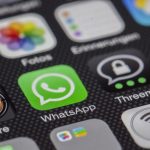



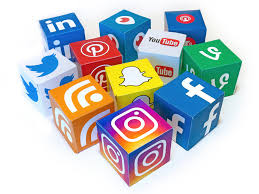

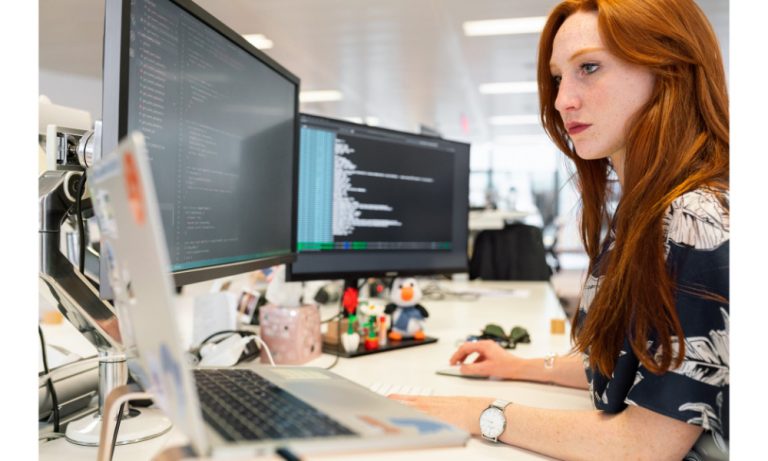
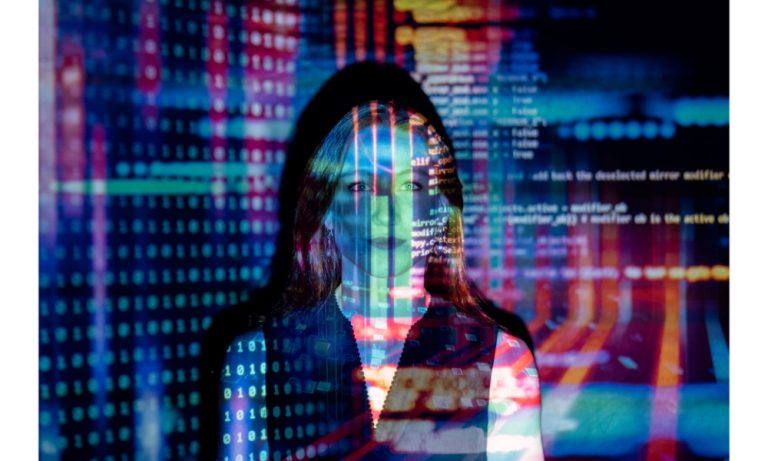

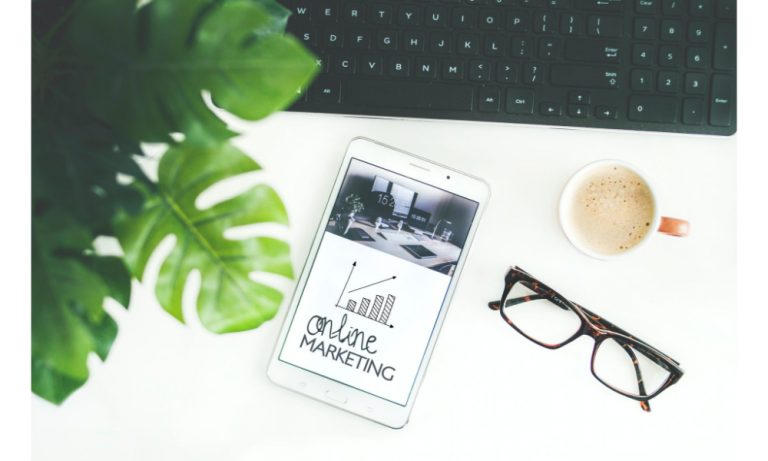
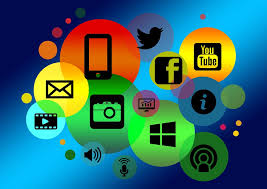


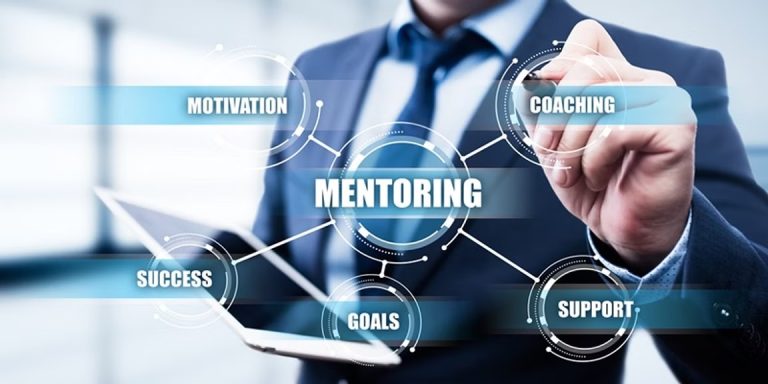
+ There are no comments
Add yours